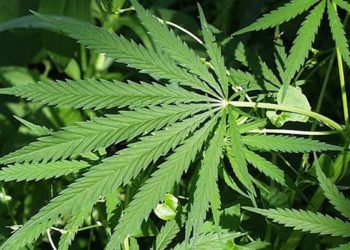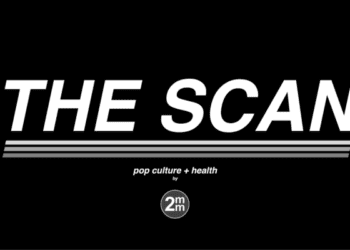Quick Take: The contribution of cannabis use to variation in the incidence of psychotic disorder across Europe (EU-GEI)
Previous observational studies have supported a causal link between cannabis use and psychotic disorder. A recent meta-analysis has also shown a dose-response association with the highest odds of psychotic disorder in those with the heaviest cannabis use. It is not clear, however, whether patterns of cannabis use on a population level influence rates of psychotic disorder. This is of increasing significance as a number of countries have now legalized or decriminalized cannabis use, raising concerns that this may lead to an increase in cannabis use and associated harms. In this multi-centre case-control study, 901 adults with a first episode of psychosis presenting to mental health services between May 2010 and April 2015 at one of 17 areas in England, France, the Netherlands, Italy, Spain, and Brazil were studied and compared to 1237 recruited controls to estimate which patterns of cannabis use carry the highest odds for psychotic disorder. Using Europe-wide and national data on the expected concentration of tetrahydrocannabinol (THC) in different types of cannabis available across the sites, the types of cannabis used by participants were stratified in terms of potency, with low potency being defined as strains with THC<10% and high potency exceeding that cut-off, THC≥10%. Compared to controls, cases were younger, more likely to be male, and from ethnic minorities. Controls were more likely to have pursued higher education (p<0.0001) and to have been employed a year before assessment than cases (p<0.0001). Researchers found that more cases than controls reported having ever used cannabis (p<0.001), having smoked ten tobacco cigarettes or more a day (p<0.0001), or having tried other recreational drugs, including legal highs (p=0.0142), stimulants (p<0.0001), hallucinogens (p<0.0001) and ketamine (p=0.0002). Based on the results of an adjusted logistic regression analysis, researchers noted a modest increase in the odds of psychotic disorder compared with those who had never used cannabis (OR 1.3, 95% CI 1.1 to 1.6). The odds were slightly greater in those who started to use cannabis at age 15 years or younger (OR 1.6, 95% CI 1.1 to 2.1). Daily cannabis use was also associated with increased odds of psychotic disorder compared with having never having used it (OR 3.2, 95% CI 2.2 to 4.1). Use of high-potency cannabis (THC ≥10%) modestly increased the odds of a psychotic disorder compared with never use (OR 1.6, 95% CI 1.2 to 2.2); this remained largely unchanged after controlling for daily use (OR 1.5, 95% CI 1.1 to 2.6). Those who had started using high-potency cannabis by age 15 years demonstrated a further doubling of risk, without evidence of interaction (p=0.63). This study therefore shows that daily use of cannabis and use of high-potency cannabis may be important predictors, and possible contributors in the incidence of psychotic disorder. Given the increasing availability of high-potency cannabis, this has important implications for population-based public health initiatives in harm reduction.
Click to read the study in the Lancet Psychiatry
Image: PD
©2019 2 Minute Medicine, Inc. All rights reserved. No works may be reproduced without expressed written consent from 2 Minute Medicine, Inc. Inquire about licensing here. No article should be construed as medical advice and is not intended as such by the authors or by 2 Minute Medicine, Inc.





